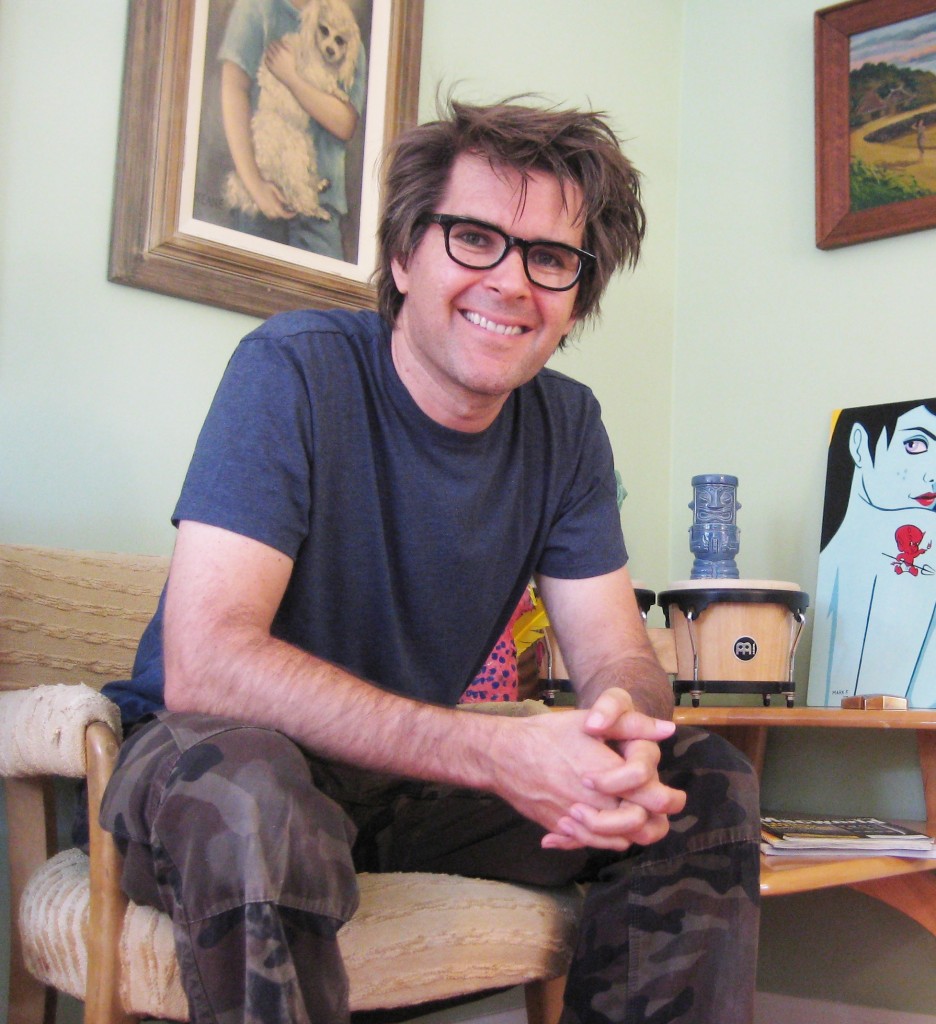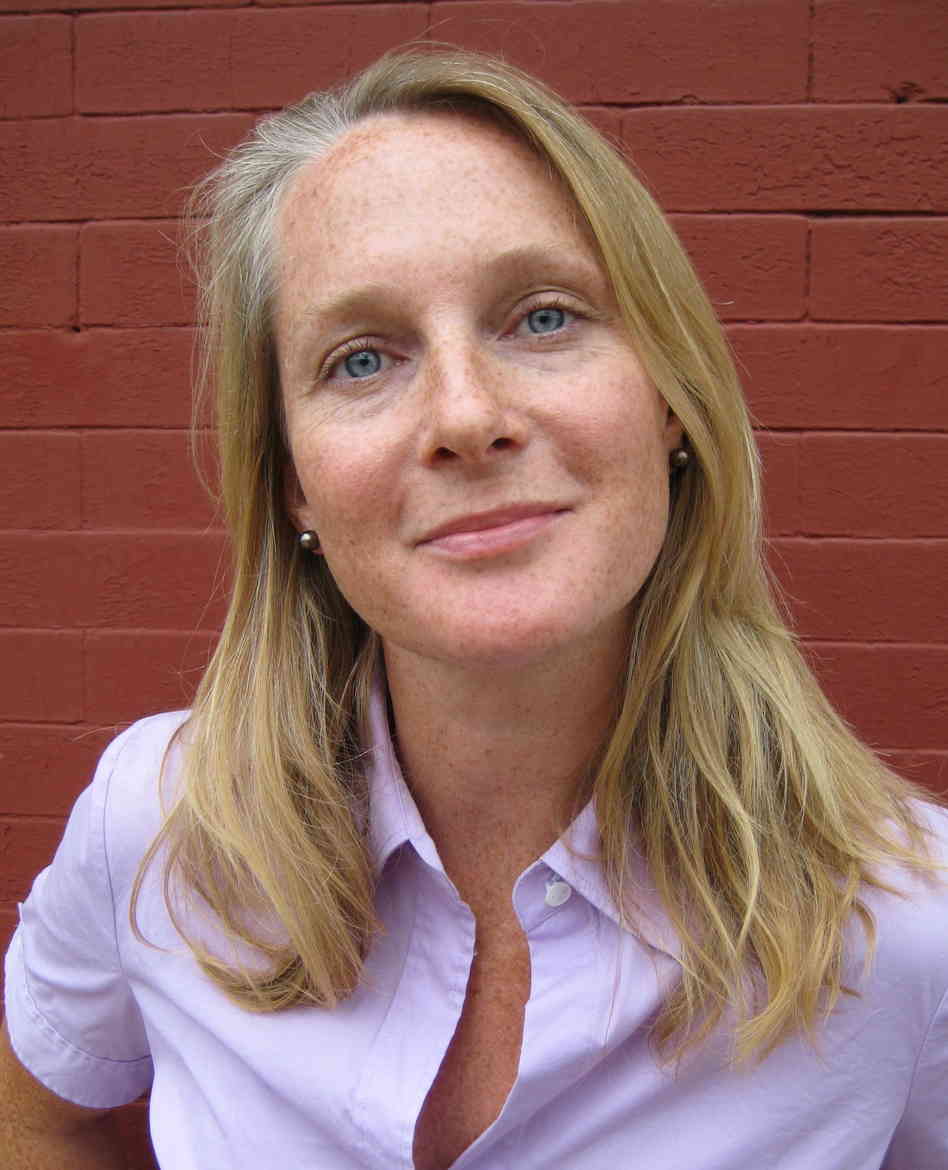 The great punk poet died on Sunday Morning (October 27th) at the age of 71. But he left behind many lessons for being ferociously original, critics be damned.
The great punk poet died on Sunday Morning (October 27th) at the age of 71. But he left behind many lessons for being ferociously original, critics be damned.
by Camille Sweeney and Josh Gosfield
In the late 60’s at the zenith of Hippiedom the leather clad Lou Reed and his Velvet Underground band mates pounded out songs about heroin and sadomasochism that ranged from ear-splitting sonic distortions to strangely beautiful ballads. Producer and musician Brian Eno famously said that despite the meager initial sales of the first Velvet Underground record, “everyone who bought one of those 30,000 copies started a band!” Reed, both with the Velvet Underground and in his career as a solo artist waged a war on the conventions of the music he loved, rock n’ roll—paving the way for glam rock, punk rock and noise bands.
Like many performers Reed was circumspect about the materials and methods of his art. But actually, in Reed’s case that would be a gross under-statement. Reed infamously made a game of verbally assassinating reporters who dared to ask him questions. His weapons were the death stare, the non-answer, the lethal insult and the mid-question walk off. Yet, if you comb through Reed’s four-plus decades of interviews you may uncover some revelatory gems on being the artist Lou Reed, on fearless creativity, and on not giving…a f*%^. Continue reading “Lou Reed on How to Be as Creative, Dynamic and Difficult as Lou Reed”






